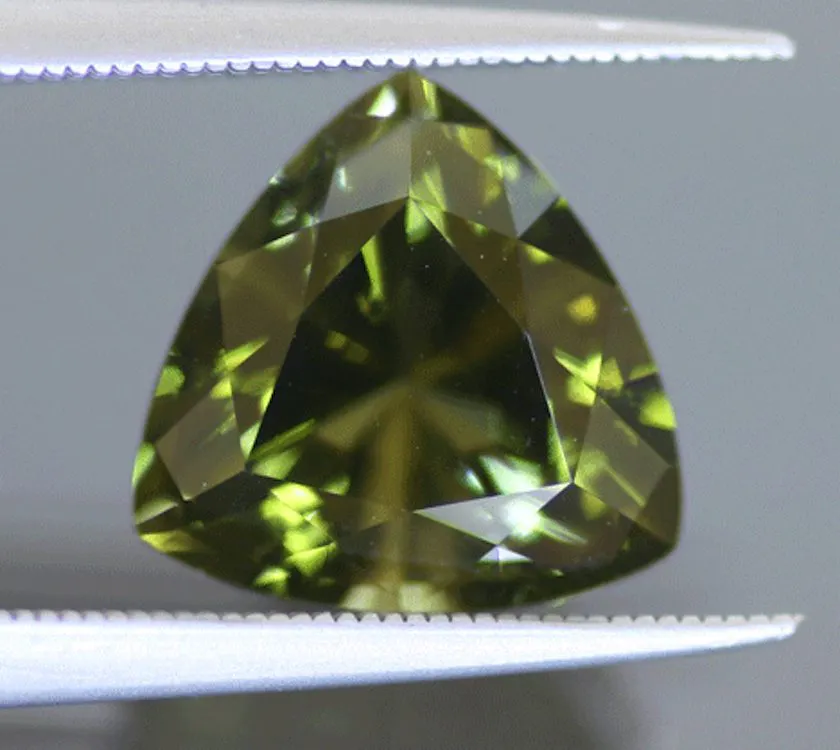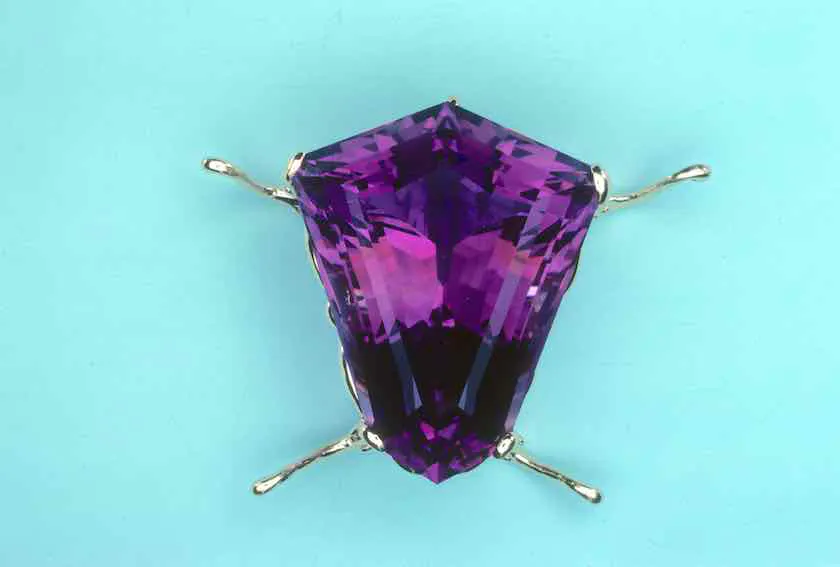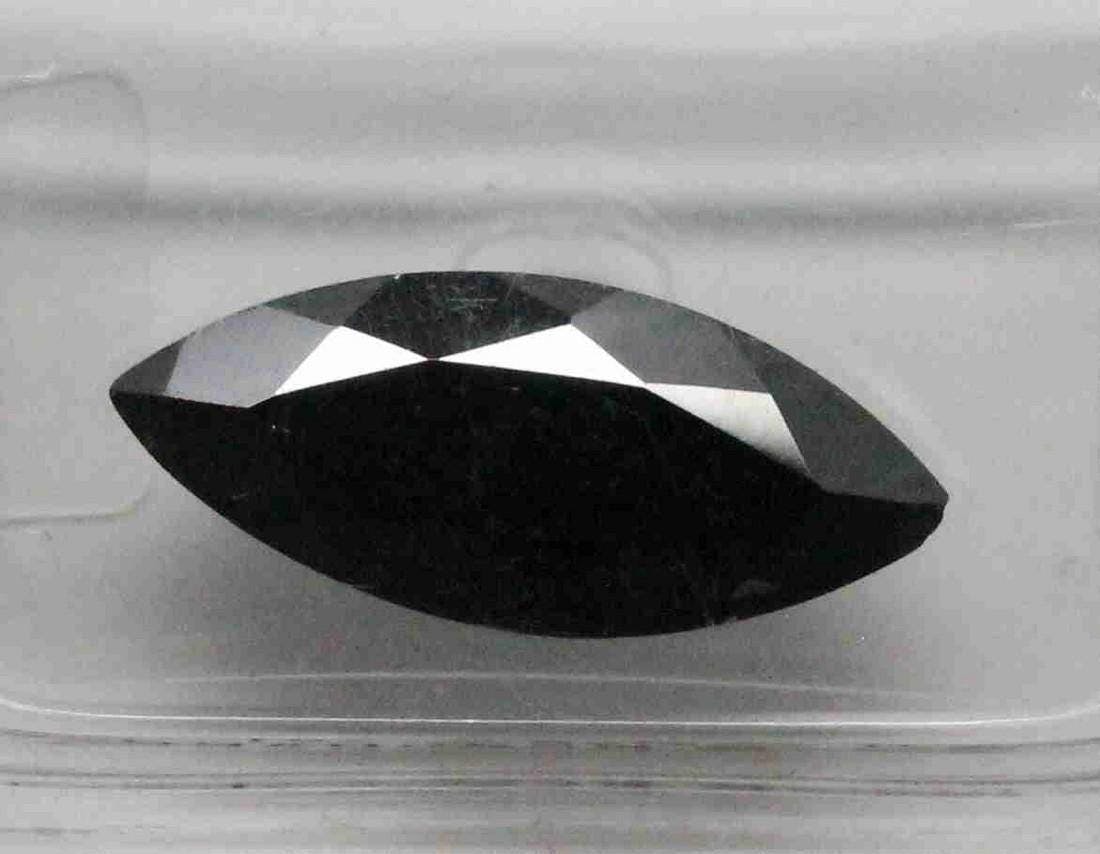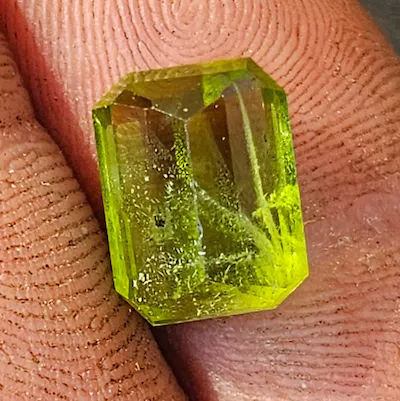News
Heart-shaped diamonds: A popular choice for pendants and engagement rings
If you’re searching for a pendant or engagement ring that radiates uniqueness and charm, consider the allure of heart-shaped diamonds. These diamonds, renowned for their romantic appeal, have captured the hearts of jewelry enthusiasts. Crafted with precision, a heart-cut diamond includes carefully defined elements such as the cleft, lobes, belly, wings, and point. Symmetry plays a crucial role in the selection of a heart-cut diamond, enhancing its overall visual allure. Opting for a diamond with a minimum of one carat ensures a well-defined shape, adding to its elegance.
Heart-cut diamonds often offer affordability in comparison to round diamonds, though they may have a higher price tag than some other fancy-cut diamonds. Skilled diamond cutters work diligently to minimize bowtie effects and shadowing, common concerns with heart-cut diamonds. It’s imperative to inspect these diamonds either in person or through reputable online vendors providing detailed views and videos for a comprehensive assessment.
While compromises in color grades might be made for budget considerations, clarity should always meet the standard of being eye-clean, indicating no flaws visible to the naked eye. Additionally, aiming for a length-to-width ratio as close to 1.00 as possible enhances the diamond’s appeal.
Choosing the right engagement ring setting further accentuates the brilliance, color, and shape of your heart-cut diamond, allowing you to craft an unforgettable piece of jewelry. Discover the exquisite options at Melogems to find the perfect heart-shaped diamond for your special occasion.
Anatomy of a Heart-cut Diamond
Cleft
The cleft of a heart-cut diamond is the delicate V-shaped notch at the very top of the stone. It is where the lobes, or rounded upper curves of the heart, meet. The cleft is an important part of the diamond’s overall shape and adds to its unique and romantic appeal.
Lobes
The lobes of a heart-cut diamond are the rounded upper curves that extend from the cleft towards the belly of the stone. These curves should be symmetrical and well-defined, creating a pleasing heart shape. The lobes play a significant role in determining the overall appearance and visual appeal of the diamond.
Belly
The belly of a heart-cut diamond is the curved lower section of the stone, which connects the lobes at their widest point. It should have a gentle and graceful curve, creating a soft and elegant look. The belly contributes to the overall shape and proportion of the diamond, enhancing its beauty.
Wings
The wings of a heart-cut diamond are the sides of the stone, extending outwards from the lobes. They should be symmetrical and balanced, creating a harmonious heart shape. The wings contribute to the diamond’s overall appearance and play a crucial role in its symmetry and proportion.
Point
The point of a heart-cut diamond is the sharp, tapered tip at the bottom of the stone. It should be well-defined and come together at a single point. The point is a defining characteristic of the heart shape and adds to the diamond’s romantic allure.

Importance of Symmetry
Symmetry and Heart Shape
Symmetry is of utmost importance in a heart-cut diamond as it directly affects the appearance and beauty of the stone. For a heart shape to be visually appealing, the lobes should be symmetrical, the wings should be balanced, and the point should be centered. A well-proportioned and symmetrical heart-cut diamond showcases exceptional craftsmanship and attention to detail.
Buyer’s Perspective
From a buyer’s perspective, symmetry is crucial when choosing a heart-cut diamond. A symmetrical heart shape is more visually pleasing and elegant. It ensures that the diamond looks balanced and proportional when set in jewelry. By selecting a heart-cut diamond with excellent symmetry, buyers can confidently display its beauty and unique shape.
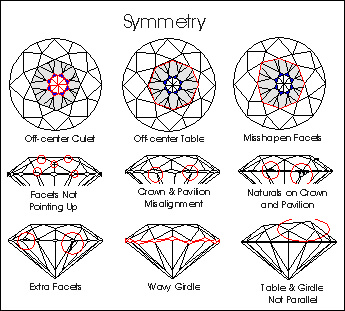
Recommended Carat Weight
Minimum Carat Weight
To showcase the well-defined shape of a heart-cut diamond, a minimum carat weight of one carat is recommended. Smaller diamonds may not fully display the intricacies of the heart shape, and their features might not be as pronounced. A larger carat weight allows for a more prominent and visually appealing heart shape.
Well-Defined Shape
A well-defined shape is a significant factor to consider when selecting a heart-cut diamond. Each facet and curve should be clearly visible and contribute to the overall heart shape. It is important to choose a diamond with excellent cut quality to ensure that its shape is well-defined and enhances its overall beauty.
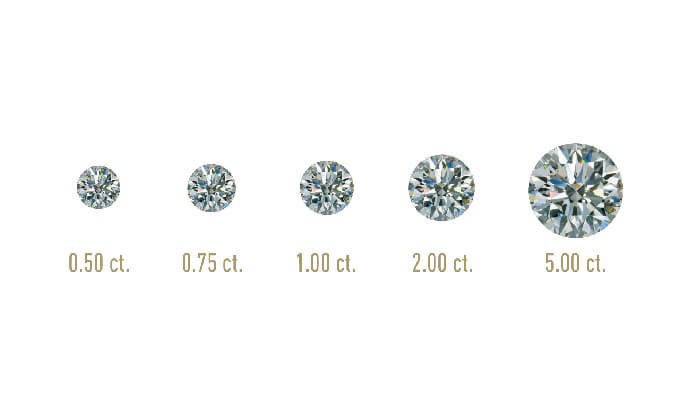
Comparison with Other Diamond Cuts
Heart-cut vs. Round Diamonds
Heart-cut diamonds and round diamonds are both popular choices for engagement rings, but they have distinct differences. While round diamonds offer excellent brilliance and sparkle, heart-cut diamonds exude a romantic and unique appeal. Heart shapes tend to be more unconventional and stand out from the traditional round cuts, making them an ideal choice for those seeking a distinctive and expressive diamond.
Heart-cut vs. Fancy-cut Diamonds
Heart-cut diamonds differ from fancy-cut diamonds, such as princess or emerald cuts, in terms of their shape and style. Fancy cuts often have more geometric shapes and linear facets, while heart-cut diamonds possess the romantic and soft curves associated with the heart shape. Heart-cut diamonds are a wonderful option for those who desire a blend of elegance and individuality.
Price Comparison
Heart-cut diamonds are generally less expensive than round diamonds due to their slightly lower demand. However, they may still cost more than other fancy-cut diamonds that are more commonly produced. It’s important to consider both the shape and the quality of the diamond when comparing prices. While heart-cut diamonds offer a unique shape, their value will ultimately depend on various factors, including the 4Cs (carat weight, cut, color, clarity).
Explore the Birthstone for September at Melogems!

Bowtie Effects and Shadowing
Minimizing Bowtie Effects and Shadowing
Bowtie effects and shadowing are common in heart-cut diamonds and can affect their appearance. A bowtie effect occurs when a dark shadow resembling a bowtie shape appears in the center of the diamond. To minimize these effects, diamond cutters strive to find the right balance between the stone’s depth and proportions. By meticulously cutting and shaping the diamond, they aim to reduce the visibility of bowtie effects and shadowing, ensuring a more captivating and symmetrical heart shape.
Diamond Cutter’s Goal
The diamond cutter’s goal when working on a heart-cut diamond is to achieve maximum brilliance and minimize any undesired effects. By carefully calculating the diamond’s angles and facets, they can optimize light reflection, reducing the presence of shadows and enhancing the stone’s overall appearance. The intricate craftsmanship involved in cutting a heart-shaped diamond is crucial to creating a stunning and eye-catching stone.
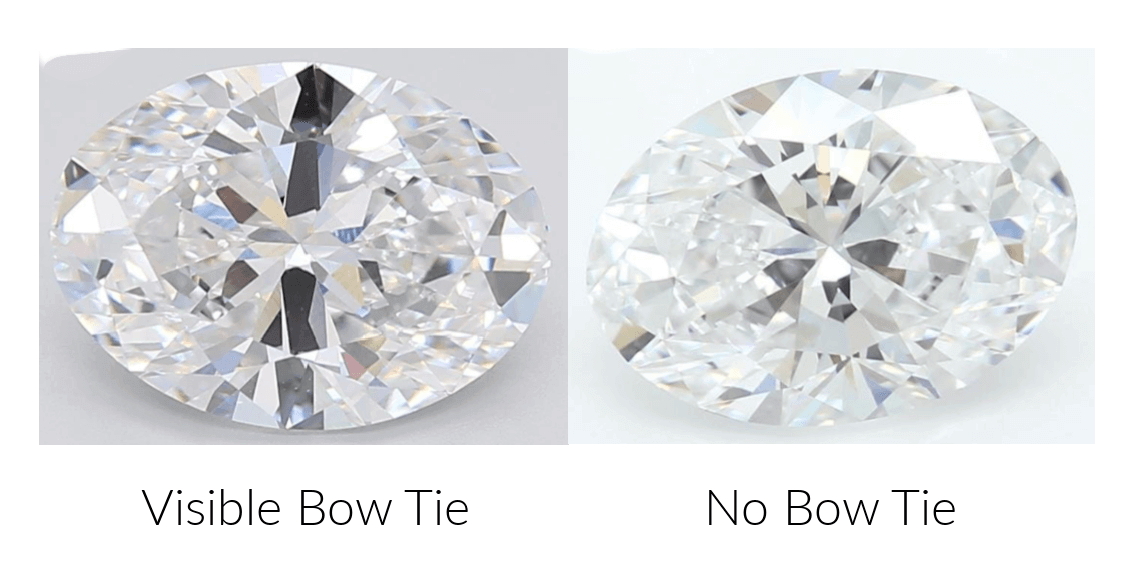
Examining Heart-cut Diamonds
In-person Examination
When considering a heart-cut diamond, it is highly recommended to examine the stone in person. Viewing the diamond under different lighting conditions allows you to fully appreciate its brilliance and characteristics. In-person examination also enables you to check the overall shape, symmetry, and any potential flaws that may be visible to the naked eye. This hands-on approach ensures that you make an informed decision when investing in a heart-cut diamond.
Detailed Views and Videos
If an in-person examination is not feasible, reputable online vendors often provide detailed views and videos of heart-cut diamonds. These high-resolution images and videos allow you to closely inspect the diamond, observe its shape, symmetry, and overall appearance. While this method cannot fully replace an in-person examination, it can be a helpful tool in the selection process, especially when accompanied by accurate diamond grading reports.
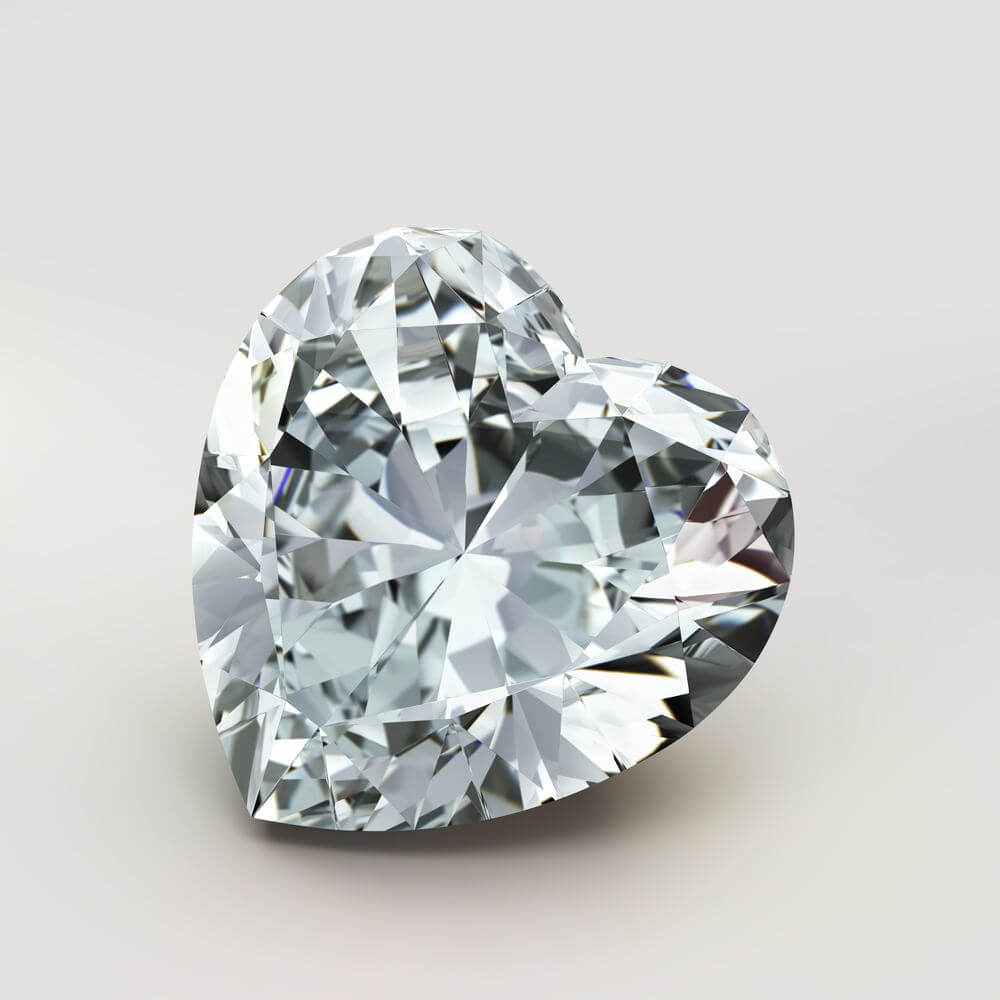
Considerations for Color Grades
Compromising Color Grades for Savings
When purchasing a heart-cut diamond, one consideration to keep in mind is the color grade. Color grades range from D (colorless) to Z (light yellow or brown). While colorless diamonds are highly desirable, they often come at a premium price. If you are looking to save money, consider compromising on the color grade. Slightly lower color grades can still offer a beautiful and visually appealing diamond, especially when paired with an appropriate setting and good clarity.
Clarity of Heart-cut Diamonds
Eye-clean Clarity
The clarity of a heart-cut diamond refers to the presence or absence of internal and external flaws, known as inclusions and blemishes, respectively. For heart-cut diamonds, it is recommended to choose a diamond with eye-clean clarity. This means that there are no visible flaws to the naked eye, allowing the diamond’s beauty and shape to shine through. While higher clarity grades are desirable, keep in mind that some inclusions may be acceptable as long as they are not easily visible.
Flaws Visible to the Naked Eye
Heart-cut diamonds with visible flaws to the naked eye can affect their overall appearance and value. Inclusions or blemishes that are noticeable without magnification can distract from the diamond’s beauty and detract from its visual appeal. When examining a heart-cut diamond, it is important to carefully evaluate the clarity to ensure a clean and flawless look to the naked eye.
Explore Jade in Singapore at Melogems!
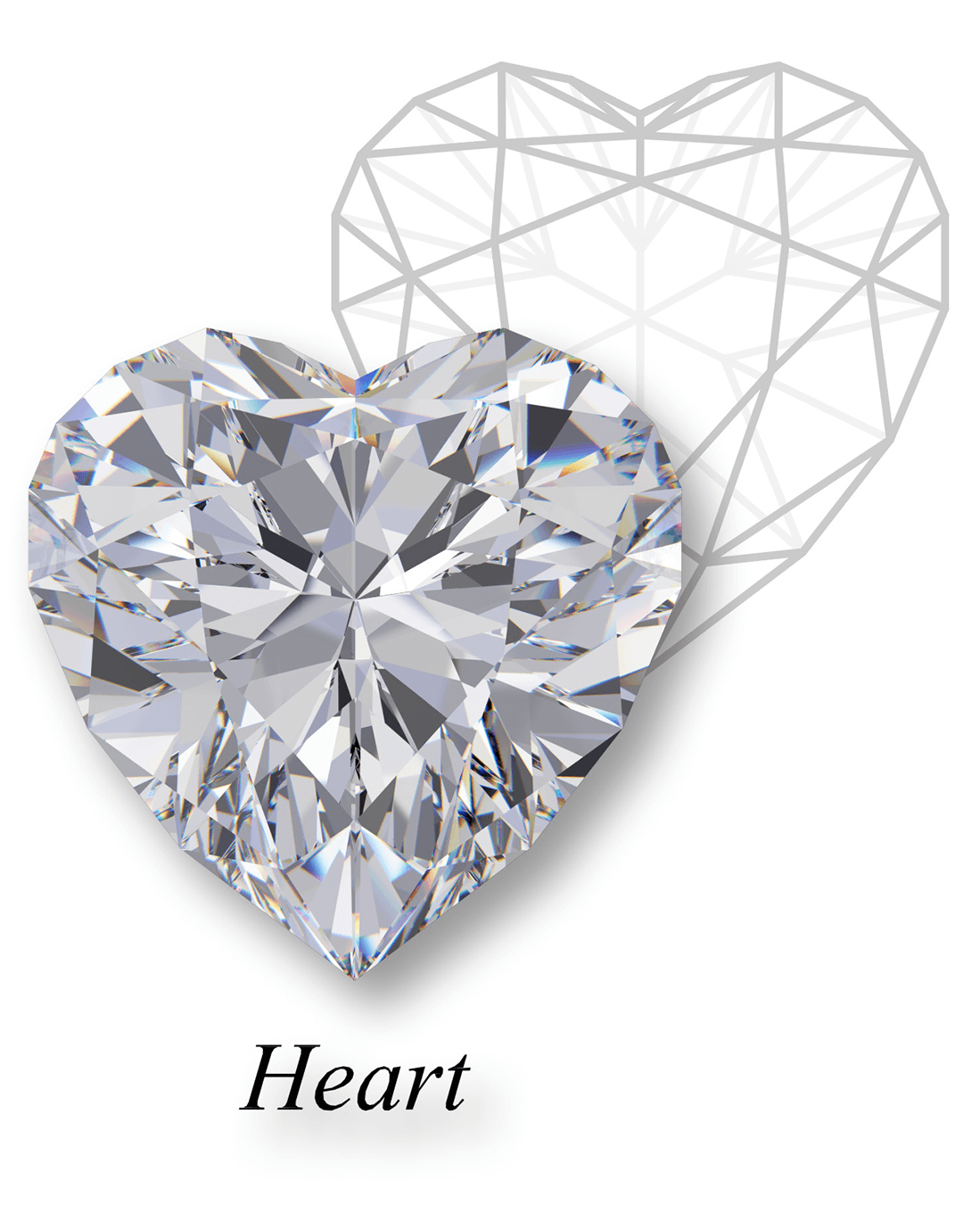
Length-to-Width Ratio
Optimal Ratio for Heart-cut Diamonds
The length-to-width ratio is an important consideration when selecting a heart-cut diamond. The optimal ratio for a heart shape is generally considered to be as close to 1.00 as possible. This means that the length of the diamond should be approximately equal to its width, resulting in a symmetrical and well-proportioned heart shape. A length-to-width ratio that deviates too much from 1.00 may result in a diamond that appears elongated or too wide, affecting its overall aesthetic appeal.
Enhancing a Heart-cut Diamond
Choosing the Right Setting
The right setting can greatly enhance the brilliance, color, and shape of a heart-cut diamond. Popular options for heart-cut diamonds include prong settings, halo settings, and three-stone settings. Prong settings allow maximum light exposure to the diamond, enhancing its sparkle. Halo settings surround the center stone with smaller diamonds, adding to its overall radiance. Three-stone settings showcase the heart-cut diamond as the center stone, symbolizing the past, present, and future. Carefully selecting the right setting ensures that the heart-cut diamond is showcased in its best light, enhancing its natural beauty.
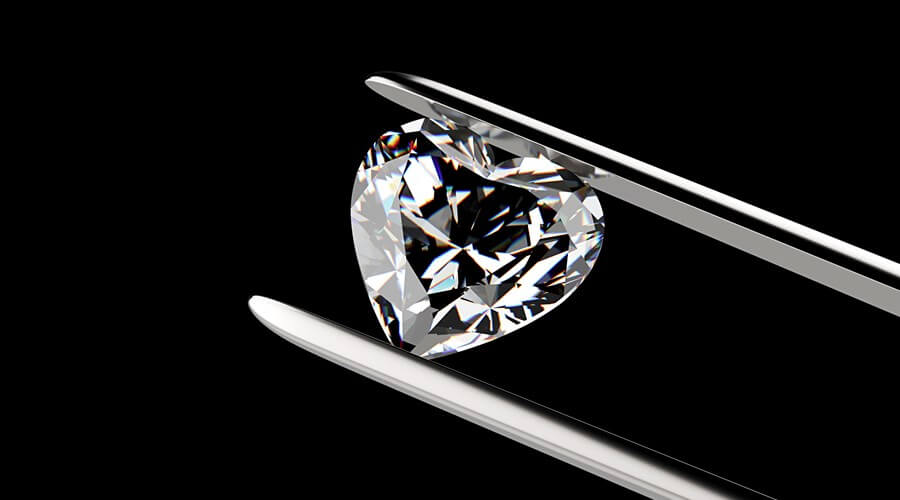
Impact on Brilliance, Color, and Shape
The setting of a heart-cut diamond can impact its brilliance, color, and shape. A well-designed and properly executed setting can enhance the diamond’s sparkle by allowing light to enter and reflect off the numerous facets. The right setting can also complement the diamond’s color, either by matching it or providing contrast. It is essential to choose a setting that showcases the inherent beauty and distinctive shape of a heart-cut diamond, ultimately enhancing its overall brilliance, color, and shape.

